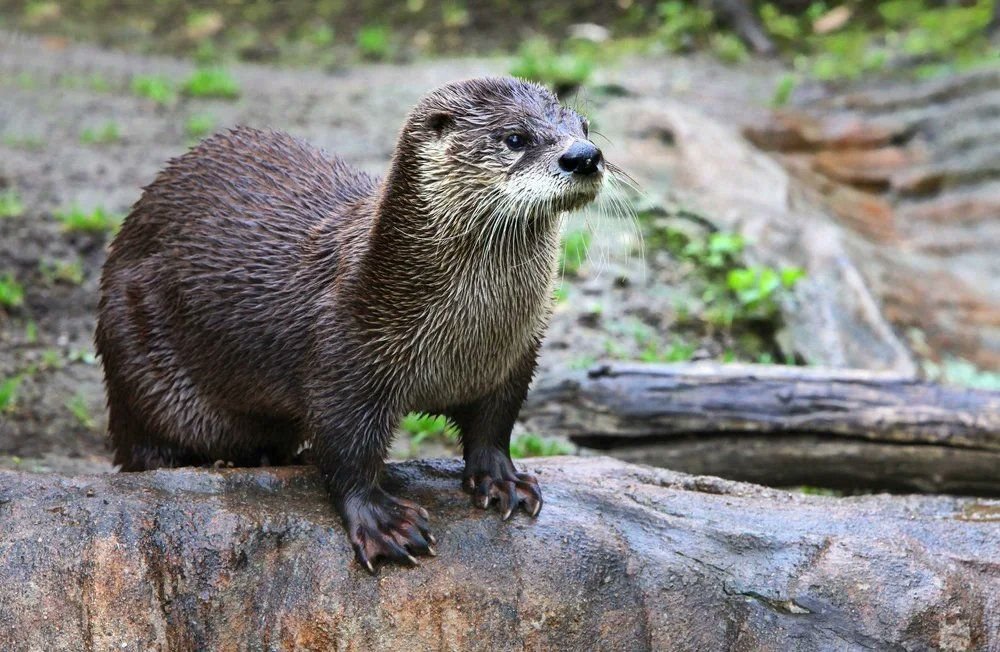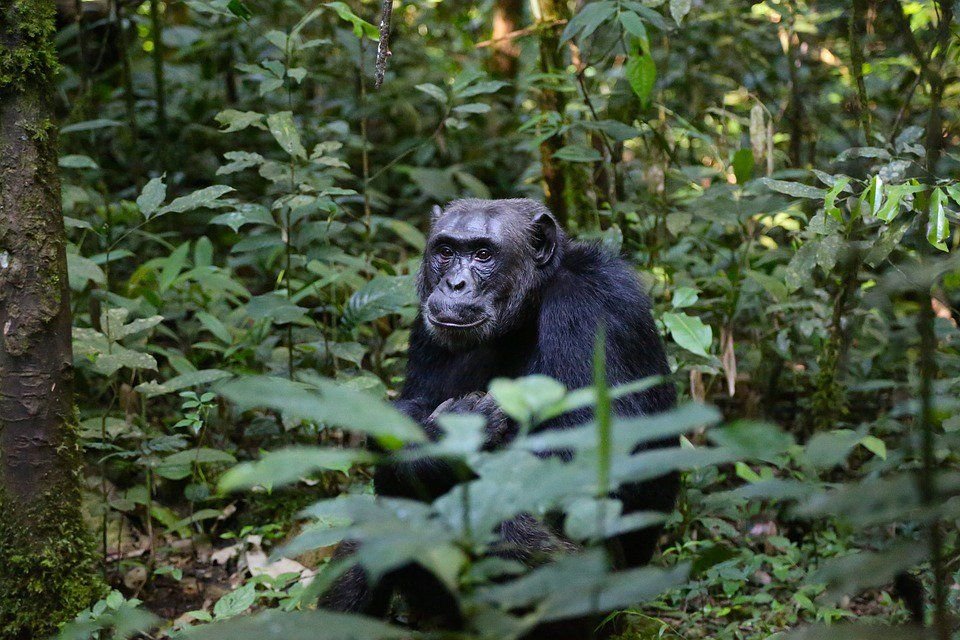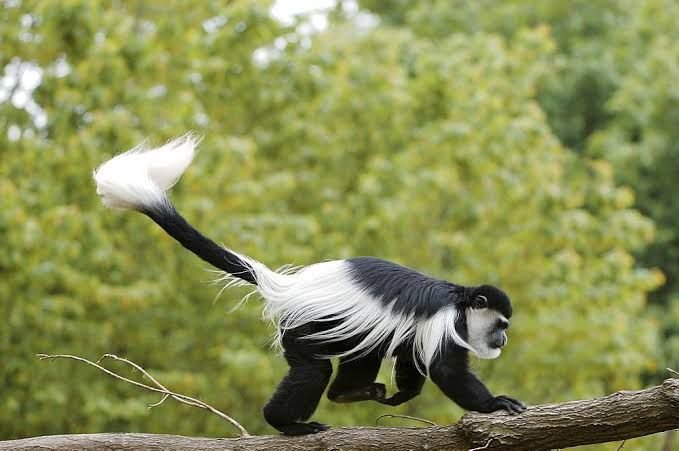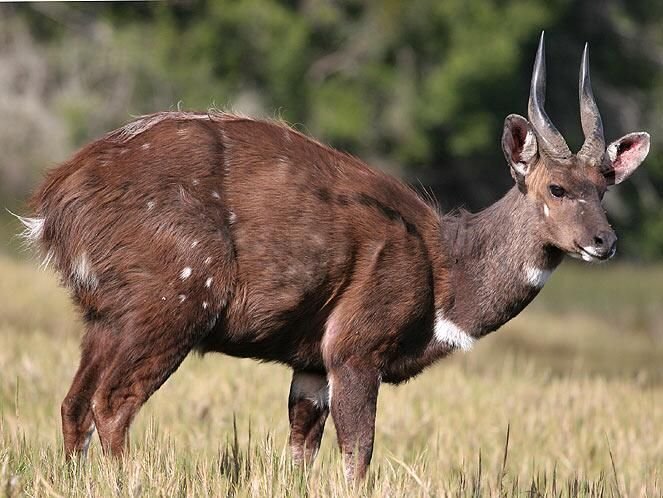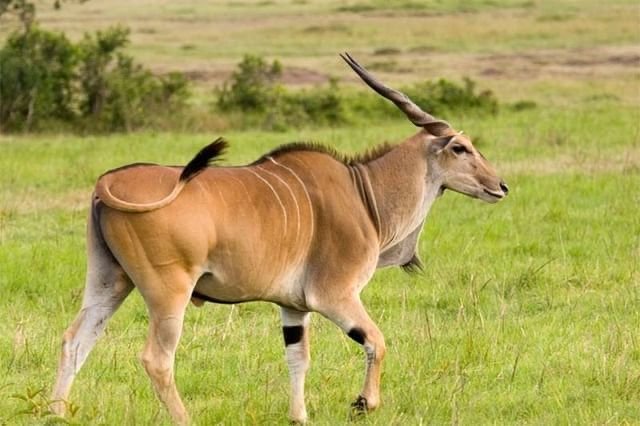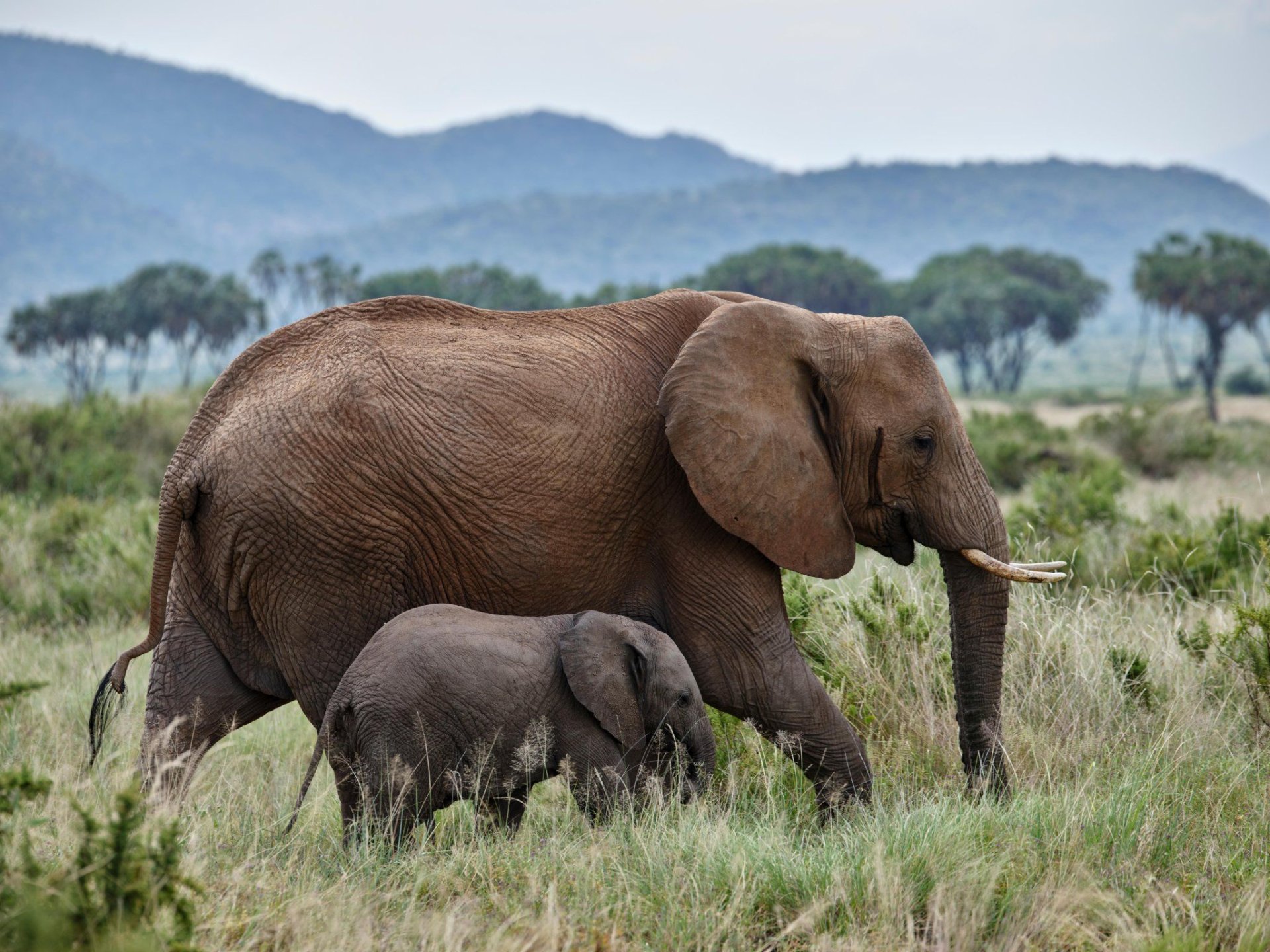The Oribi
The Oribi (Ourebia ourebi) is a small antelope that looks like a gazelle. It lives in Uganda's Murchison Falls National Park's Borassus grassland. It is usually seen in pairs or groups of up to five animals, each of which is made up of a male and his "harem." Sometimes, though, it can be found in groups of more than five animals.

A small antelope found in eastern, southern, and western Africa is called an oribi (Ourebia ourebi). is the only individual in its genus.
It has a long neck and limbs and a back that is only slightly elevated. The white chin, throat, underparts, and rump contrast with the lustrous, yellowish-to rufous brown coat. The narrow, straight horns, which are smooth at the tips and ringed at the base, are only found on males.
The oribi is a small, emaciated antelope.
Due to sexual dimorphism, males and females have a modest size difference. This antelope has a long neck and limbs, as well as a slightly elevated back. The white chin, throat, underparts, and rump contrast with the lustrous, yellowish-to rufous brown coat. The inside of the bushy tail's brown to black exterior is white.
Horns are a male-exclusive feature. Females have four teats.
Oribi Behaviour.
Although some movement can be seen at night, the oribi is primarily active during the day. In times of rain, it sleeps in a shelter. The oribi is different from all other small antelopes in that it can have polyandry, polygyny, or polygynandry mating systems, with polygyny becoming more common as the number of females increases.
Males use secretions from their preorbital glands and poop to mark the plants and soil in their territory. The marking gets more intense as there are more males nearby. Males who are dominant often have easier access to females within and outside of their region than other males do. The "dung ritual," in which all animals create momentary dung mounds, is a significant aspect of Oribi social behaviour.
Reproduction in Oribi
At 10 to 14 months, sexual maturity is reached in both sexes. A seasonal breeder, its mating period varies depending on location. In the rainy season, mating may be at its peak (August to September). A female seeks the company of a male when she is in oestrus, which lasts for four to six days. In the course of wooing, the male will pursue the female, lick her rump and flanks, and test her urine to see if she is in oestrus. A single calf is born after a six-to seven-month gestation period. The mother visits her calf on a regular basis to nurse it for around 30 minutes while the baby is kept hidden for almost a month. Males may keep rival males at bay and protect their young from predators. Weaning occurs between four and five months.
Oribi Diet
The oribi is primarily a grazer but occasionally browses. It favours young grass. Grasses can make up to 90% of a person's diet; the species of Andropogon, Eulalia, Hyparrhenia, Loudetia, Pennisetum, and Themeda are favoured. Mineral licks are also frequently visited. Oribi have been seen consuming Boletus mushrooms and flowers as food. During the rainy season, when grass is plentiful, oribi gather in groups.
What locations in Uganda offer Oribi?
Except for Queen Elizabeth National Park, all of the savanna national parks have the tall grassland that the Oribi prefer. It is common in the northern Borassus grassland of Murchison Falls National Park, where it is usually seen in pairs or groups of up to five animals, each of which is made up of a single male and his "harem." However, it is occasionally found in larger groups.
What's Your Reaction?
 Like
0
Like
0
 Dislike
0
Dislike
0
 Love
0
Love
0
 Funny
0
Funny
0
 Angry
0
Angry
0
 Sad
0
Sad
0
 Wow
0
Wow
0





























































